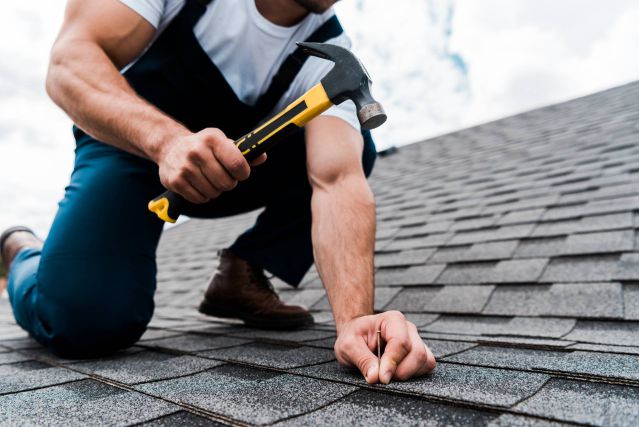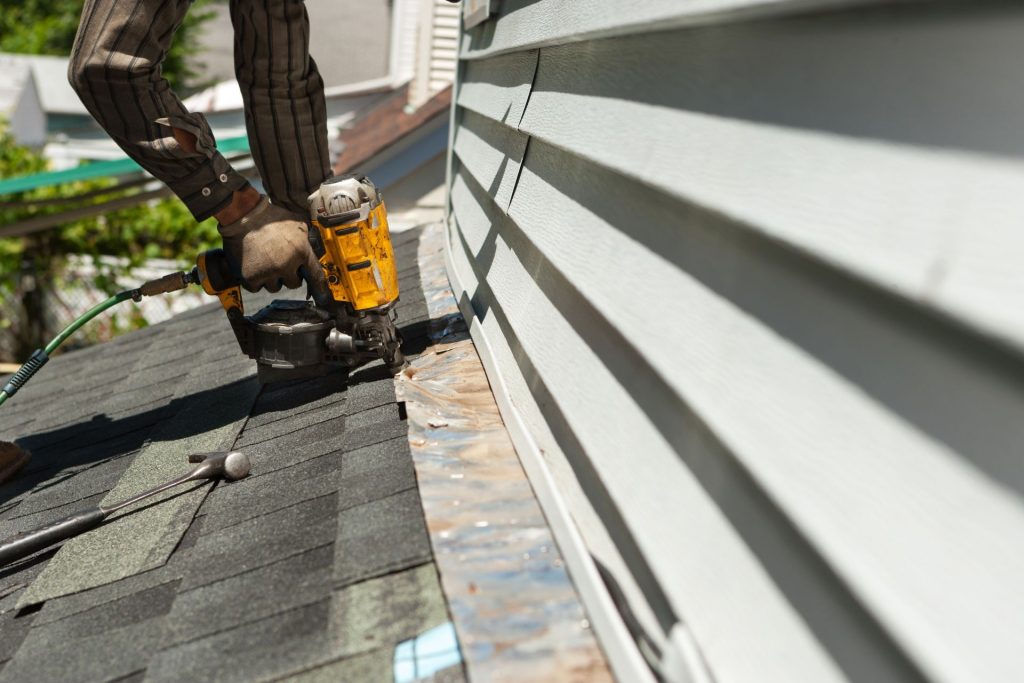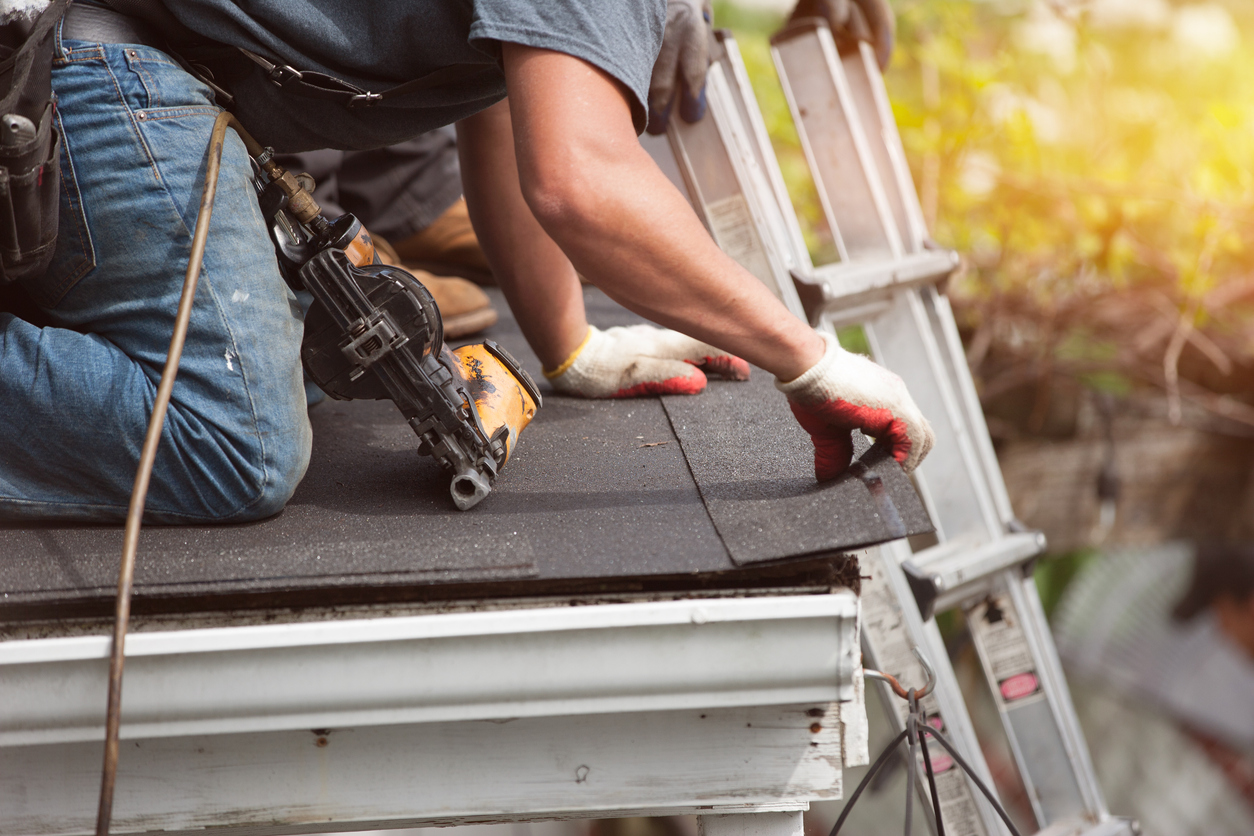Secret Considerations for an Effective Roofing System Installation: Attaining Longevity and Performance
In beginning on the journey of roof covering installment, one must prioritize crucial considerations to make sure both longevity and efficiency. The option of products, customized to endure local climate problems, plays a crucial role in preserving architectural honesty. As we explore these elements, it ends up being noticeable that an effective roofing setup is not simply about covering a framework but regarding crafting a durable and sustainable solution.
Picking the Right Materials

Climate plays a crucial function in material choice. In areas prone to hefty rains or snow, products like asphalt shingles or steel roofing with high water resistance are recommended. Alternatively, in hot environments, products with reflective residential or commercial properties, such as great roofing membrane layers or ceramic tiles, can help in reducing energy expenses by dispersing sunshine.
Budget factors to consider additionally affect material choice. While costs products like slate or clay tiles provide lasting performance, they feature greater upfront expenses. They can verify cost-efficient over time due to their marginal maintenance requirements and expanded life-span.
Last but not least, the building style of the structure must harmonize with the roofing material. Typical homes may benefit from wood roof shingles, whereas modern frameworks could opt for sleek metal surfaces. By meticulously weighing these aspects, you can choose products that align with both functional and aesthetic objectives.

Understanding Roofing System Design
Understanding roofing style is necessary in accomplishing a well-functioning and visually pleasing framework. The layout of a roofing affects not just the aesthetic charm but likewise the structural stability and performance of the building. A thoughtfully designed roof can enhance the overall architectural style while making sure effective drainage, insulation, and air flow.
Crucial element of roofing system style include the pitch, shape, and structural support group. The pitch, or incline, determines how successfully water and debris are dropped from the roof covering surface area, affecting the life-span of roof covering materials. Usual roof covering forms include gable, hip, flat, and mansard, each offering distinct advantages and visual qualities. Gable roofing systems are prominent for their simplicity and efficient water dropping, while hip roofings supply extraordinary stability in high wind locations.
Structural assistance systems, such as trusses and rafters, are crucial in distributing weight and keeping the roof's integrity. Proper style ensures that the roof covering can endure environmental lots and withstand contortion. Furthermore, integrating functions like overhangs and eaves can shield the building's frontage and enhance power performance by providing shade and minimizing warmth gain.
Eventually, a well-considered roof covering style equilibriums develop, function, and resilience, contributing to the long-lasting success of the installation.
Climate Considerations

In warm and sunny climates, roof products should reflect, as opposed to absorb, solar warmth to maintain power performance and avoid extreme thermal growth, which can result in product deterioration - Keep Dry Roofing St Peters MO. Alternatively, in cooler regions, products must provide ample insulation to stop warmth loss and withstand freeze-thaw cycles look at more info that can create breaking and various other architectural issues
Moreover, the selection of color and layer can substantially affect a roof covering's thermal performance, especially in locations with severe temperature variations. Neighborhood building ordinance usually offer assistance on suitable materials and designs, reflecting regional environment worries. Therefore, a comprehensive understanding of climatic problems is vital for selecting products and designs that ensure a roof covering's optimum efficiency over its life expectancy.
Installment Best Practices
Effective roofing setup is an important part of making sure long-lasting longevity and efficiency. Making use of premium roof shingles, underlayment, and flashing tailored to the particular environment and building style will certainly enhance the roof's durability.
Just as vital is the prep work of the roof deck. Ensuring that the deck is clean, dry, and structurally audio prior to installation prevents problems such as leakages and early wear. Appropriate ventilation is another crucial consideration, as it minimizes moisture accumulation and thermal anxiety, therefore lengthening the roof covering's lifespan.
Accuracy in measurement and placement during the setup procedure is critical. This involves exact positioning of shingles and careful attention to overlapping, which protects against water ingress. Utilizing expert, experienced labor guarantees these standards are satisfied, reducing the risk of errors that could endanger the roof covering's performance.
Power Efficiency Approaches
Enhancing a roofing's power efficiency is a calculated factor to consider for reducing power Full Article prices and environmental impact. By picking appropriate materials and technologies, property owners and building contractors can substantially enhance the thermal performance of a roof covering, hence minimizing energy usage.
Additionally, the incorporation of sufficient insulation is important in protecting against warm transfer in between the exterior and interior of a building. Insulation materials with high R-values, such as spray foam or stiff foam boards, work in keeping a regular interior temperature level, thereby maximizing HVAC system efficiency.
In addition, the combination of solar panels on rooftops not only creates sustainable energy yet can likewise provide color, additional reducing heat gain (Keep Dry Roofing St Peters MO). Innovations like cool roofs, which utilize finishes to show even more sunlight, are likewise obtaining popularity for their ability to reduce roof covering temperature levels
Verdict
To conclude, attaining an effective roof installment necessitates a thorough method that integrates the choice of high-grade materials customized to particular climatic conditions, thoughtful design factors to consider for optimal drain and structural stability, and adherence to careful installment methods. These aspects jointly make certain the avoidance of dampness build-up and thermal anxiety, consequently improving the roofing system's resilience and effectiveness. Integrating strategies to boost energy performance check my source better adds to decreasing maintenance requirements and decreasing energy consumption over the roofing system's lifespan.